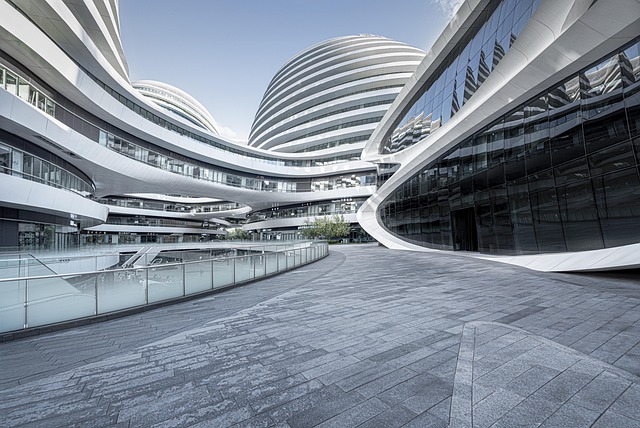Revolutionizing City Sustainability: The Role of District Heating Modernization in Achieving Carbon Neutrality
In recent years, the urgency of achieving sustainability has sparked a wave of innovations aimed at reducing our ecological footprint. One critical component in this transformative movement is district heating modernization. By reimagining how cities generate and distribute heat, we are paving the way for a greener future.
Sustainable development is not just a buzzword; it’s a necessity. As urban populations continue to grow, the pressure on energy systems intensifies. Traditional heating methods often rely on fossil fuels, significantly contributing to carbon emissions. District heating systems, which supply hot water and heating through insulated pipes, offer a promising alternative. Their modernization integrates green technologies that not only improve efficiency but also shift to renewable energy sources, helping cities decrease their carbon footprint.
The concept of district heating modernization extends beyond mere upgrades; it’s about rethinking our approach to energy consumption. Modern systems utilize advanced control technologies, thermal energy storage, and smart grids to optimize energy use. This shift allows for real-time adjustments to heating demands, minimizing waste and maximizing efficiency. Imagine a city where buildings share energy seamlessly and utilize wind, solar, and bioenergy to meet their heating needs. This vision is rapidly becoming a reality thanks to innovations in heating infrastructure.
Ultimately, the goal of district heating modernization is to achieve carbon neutrality, a goal that aligns with the global commitment to combat climate change. As cities implement these eco-friendly systems, they also create a healthier living environment for residents, promoting overall well-being. Transitioning to sustainable, efficient heating isn’t merely an architectural endeavor; it represents a significant lifestyle shift, connecting communities and reducing greenhouse gas emissions collectively.
As we embrace green technologies in our quest for sustainability, we must recognize the role that district heating modernization plays in this journey. Each upgrade, each innovative solution contributes to a larger, meaningful shift toward a carbon-neutral future. The responsibility lies with us to push for these advancements, for they are essential stepping stones in creating urban spaces that not only thrive but also respect the planet we call home.




